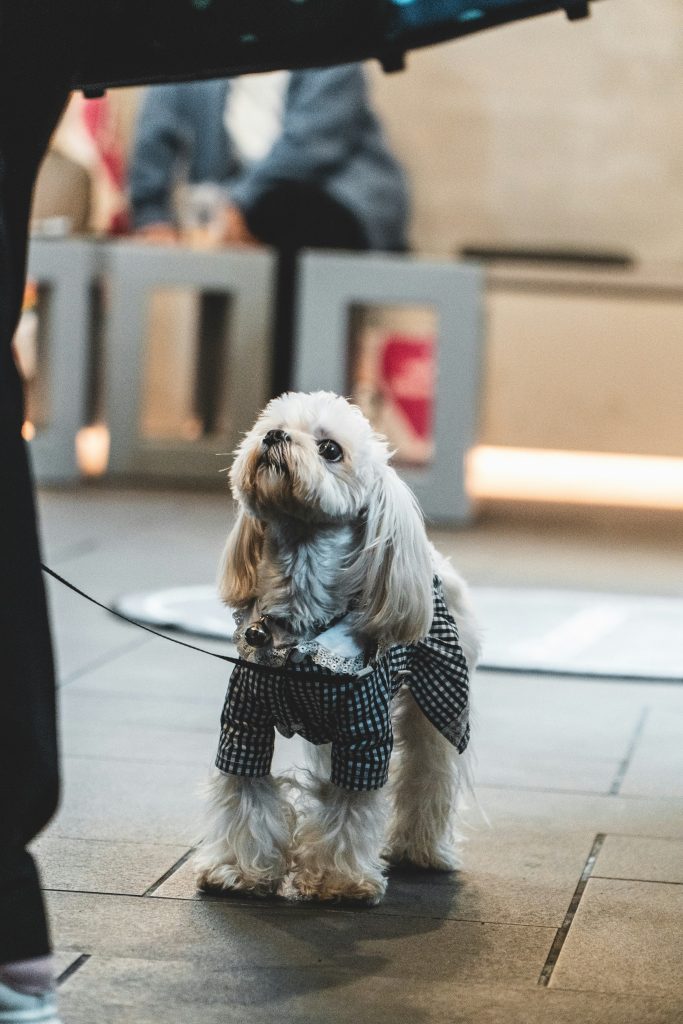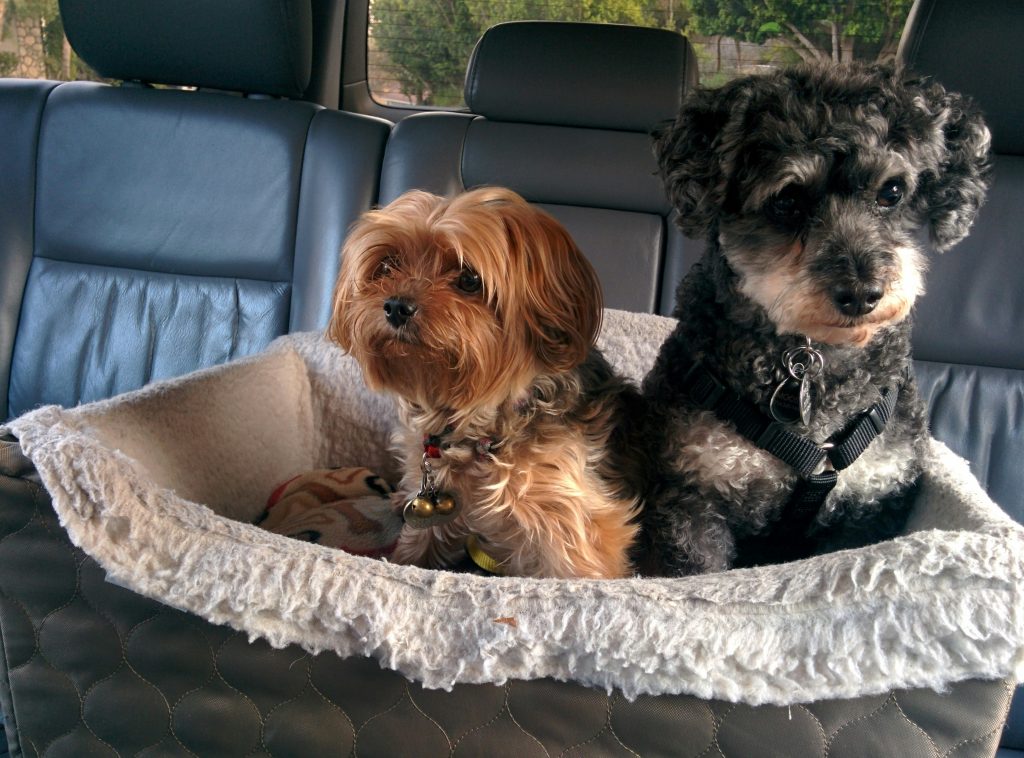Flying with a Dog: What You Need to Know
Whether you’re moving cross-country or planning a vacation, taking your dog on a plane is completely doable with the right preparation. Flying can be stressful for pets and humans alike, but with careful planning, you can make the experience smooth and safe for your four-legged travel buddy.
Let’s break down everything you need to know before booking a flight with your dog—from airline rules to comfort tips for the journey.
1. Know Your Dog’s Size and Temperament
Airlines typically divide dog travel into two categories:
-
In-cabin travel (for small dogs under ~20 lbs with carrier)
-
Cargo or checked pet travel (for larger dogs in airline-approved crates)
Some airlines allow small dogs in the cabin, while others only permit pets in cargo. Before booking, check:
-
Your dog’s weight and size with the carrier
-
Your dog’s health and temperament (nervous or reactive dogs may struggle more)
If your pup isn’t a fan of tight spaces or gets anxious in new environments, flying may not be the best choice—or may require extra planning with your vet.
2. Choose a Pet-Friendly Airline
Each airline has different policies, so always read the fine print. Some of the more pet-friendly airlines (as of 2024) include:
-
Alaska Airlines
-
American Airlines
-
Southwest Airlines
-
Delta (select routes and pet policies)
When choosing a carrier, consider:
-
In-cabin vs cargo options
-
Weight and breed restrictions
-
Pet fees
-
Seasonal embargoes for pet travel in cargo
-
Maximum number of pets per flight
Pro tip: Book your pet’s spot early—airlines limit the number of pets allowed per flight.
3. Invest in an Airline-Approved Carrier
If your dog is flying in the cabin, they’ll need to stay in a soft-sided, airline-approved carrier that fits under the seat in front of you. Make sure the carrier is:
-
Large enough for your dog to stand, turn around, and lie down
-
Ventilated on multiple sides
-
Comfortable with a padded bottom
-
Leak-proof and secure
Practice having your dog spend time in the carrier before your trip to help them feel comfortable and reduce stress on flight day.
4. Prepare Your Dog for Flight Day
Start conditioning your dog for air travel weeks before your flight. Steps to prepare:
-
Crate training: Practice extended crate time to simulate flight duration
-
Noise exposure: Get them used to loud noises (like engines or airports)
-
Calm routines: Use calming treats, pheromone sprays, or familiar blankets
-
Exercise: Give them a long walk or play session before heading to the airport
-
Limit food: Feed your dog a light meal 4–6 hours before the flight to avoid stomach issues
5. Visit the Vet and Get Travel Documents
Most airlines require a recent health certificate from your veterinarian—usually issued within 10 days of travel. Some also request:
-
Vaccination records (especially rabies)
-
Microchip documentation
-
Signed pet travel forms
If you’re traveling internationally, the rules are stricter. You may need:
-
Import permits
-
Blood tests
-
Quarantine arrangements
-
Country-specific vaccines (like tapeworm treatment in the UK)
Check with your airline and the destination country’s embassy for exact requirements.
6. Arrive Early, but Not Too Early
On travel day:
-
Arrive 2–3 hours early for domestic flights
-
Arrive 3–4 hours early for international flights
-
Walk your dog right before entering the airport
-
Use designated pet relief areas once you’re inside
Keep your dog calm by talking softly, staying near them, and offering treats or a favorite toy.
7. Know What to Expect at Security
At TSA checkpoints:
-
You’ll remove your dog from the carrier
-
The carrier goes through the X-ray scanner
-
You carry or walk your dog through the metal detector
-
TSA may do a hand-swipe for explosives
Be prepared with a leash and maintain control throughout the process. Keep calm to prevent your dog from becoming anxious or trying to run.
8. In-Flight Tips
During the flight:
-
Keep the carrier under the seat as required
-
Avoid opening the carrier mid-flight
-
Reassure your dog through calm voice or touch (if accessible)
-
Don’t sedate your dog unless explicitly directed by your vet
Stay alert for any signs of distress. Most dogs settle in after a short time, especially if they’ve been trained beforehand.
9. For Larger Dogs Flying in Cargo
If your dog is too big to fly in the cabin:
-
Use a sturdy, IATA-compliant crate with food/water bowls
-
Mark the crate with “Live Animal”, your contact info, and arrows showing upright position
-
Add absorbent bedding and secure the door
-
Avoid flying during extreme heat or cold months
Book direct flights when possible to minimize the risk of delays, layovers, or temperature exposure.
10. After the Flight: Let Them Decompress
Once you’ve landed:
-
Head straight to a pet relief area
-
Offer water and a small snack
-
Watch for signs of motion sickness, stress, or anxiety
-
Let your dog adjust to the new environment gradually
Dogs are resilient, but flying can take a toll on their energy. Keep things calm and give them time to settle in.
Final Thoughts
Flying with your dog doesn’t have to be stressful. With the right carrier, planning, and prep, your dog can stay safe and relaxed—even at cruising altitude. Whether they’re sitting under your seat or waiting for you at baggage claim, your dog will appreciate the extra care you took to make their journey smooth.



